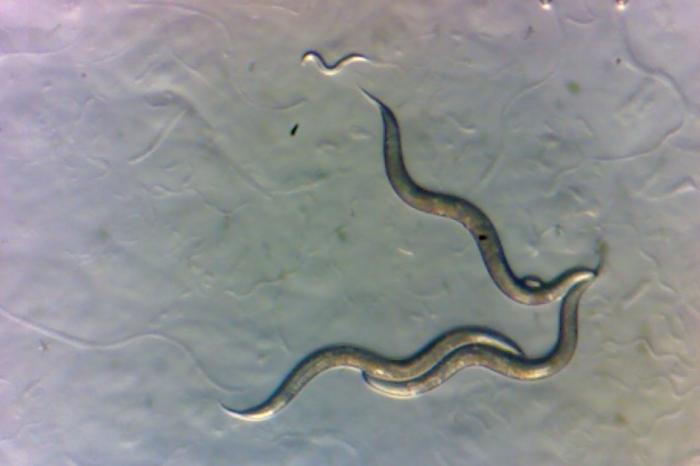Nearly four decades after the catastrophic Chornobyl nuclear disaster transformed the surrounding region into the most radioactive landscape on Earth, a new study reveals the astounding resilience of microscopic worms living in this extreme environment.
Led by researchers at New York University, the findings suggest that these tiny creatures have adapted to withstand the high levels of radiation that persist, without suffering genetic damage.
“Chornobyl was a tragedy of incomprehensible scale, but we still don’t have a great grasp on the effects of the disaster on local populations,” said Sophia Tintori, the study’s first author and a postdoctoral associate at NYU. “Did the sudden environmental shift select for species, or even individuals within a species, that are naturally more resistant to ionizing radiation?”
To investigate this, the researchers turned to nematodes, tiny worms with simple genomes and rapid reproduction, making them ideal for studying basic biological phenomena. In 2019, Tintori and her colleagues, including biologist Timothy Mousseau from the University of South Carolina, visited the Chornobyl Exclusion Zone, collecting worm samples from locations with varying radiation levels.
Back at NYU, the researchers sequenced the genomes of 15 worms from the nematode species Oscheius tipulae, comparing them with five worms from other parts of the world. Surprisingly, they found no detectable signature of radiation damage on the genomes of the Chornobyl worms.
“This doesn’t mean that Chornobyl is safe—it more likely means that nematodes are really resilient animals and can withstand extreme conditions,” noted Tintori.
Further experiments revealed that while the worm lineages varied in their tolerance to DNA damage, this difference did not correspond to the radiation levels at their collection sites, suggesting that the Chornobyl worms have not necessarily evolved to become more radiation-tolerant.
The findings provide insights into how DNA repair mechanisms can vary from individual to individual, even in genetically simple organisms like O. tipulae. This knowledge could contribute to a better understanding of natural variation in humans, particularly in the context of cancer research and why some individuals are more susceptible to the effects of carcinogens than others.
“Thinking about how individuals respond differently to DNA-damaging agents in the environment is something that will help us have a clear vision of our own risk factors,” added Tintori.
#Chornobyl #RadiationResilience #NematodeStudy #DNARepair


